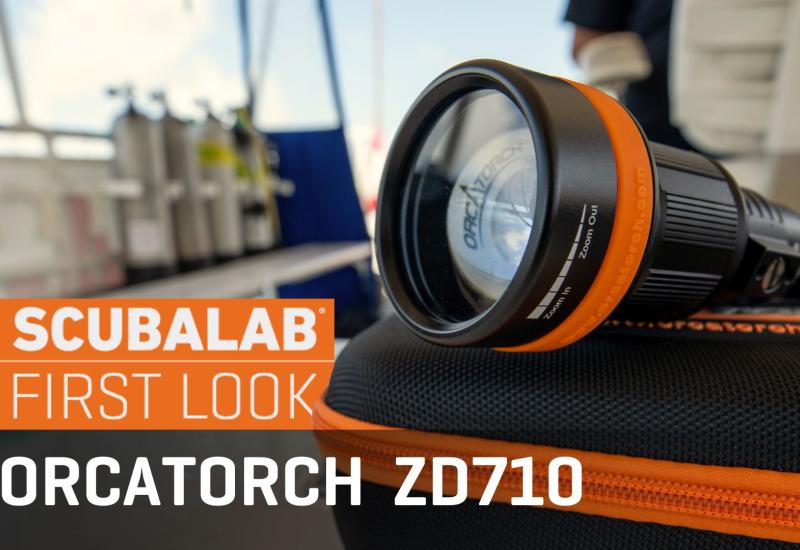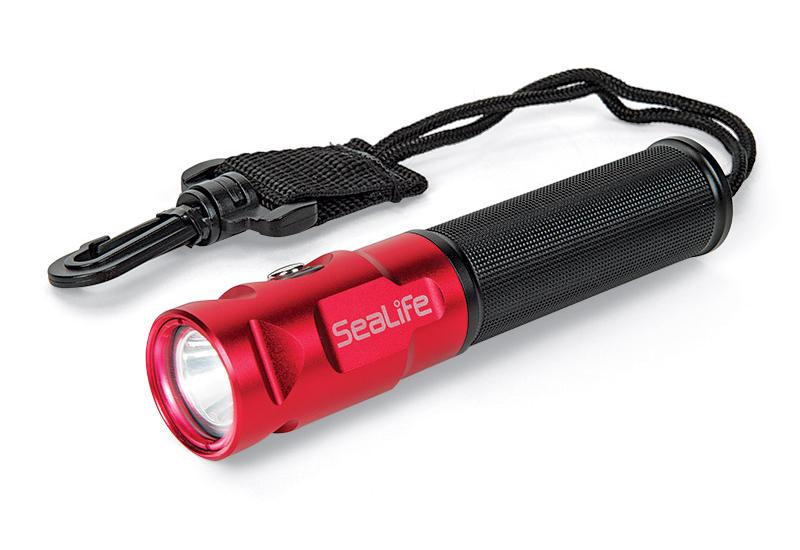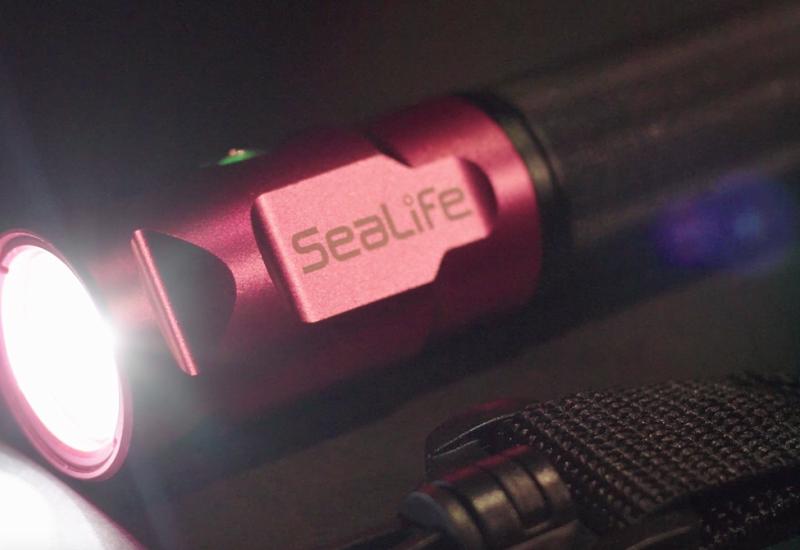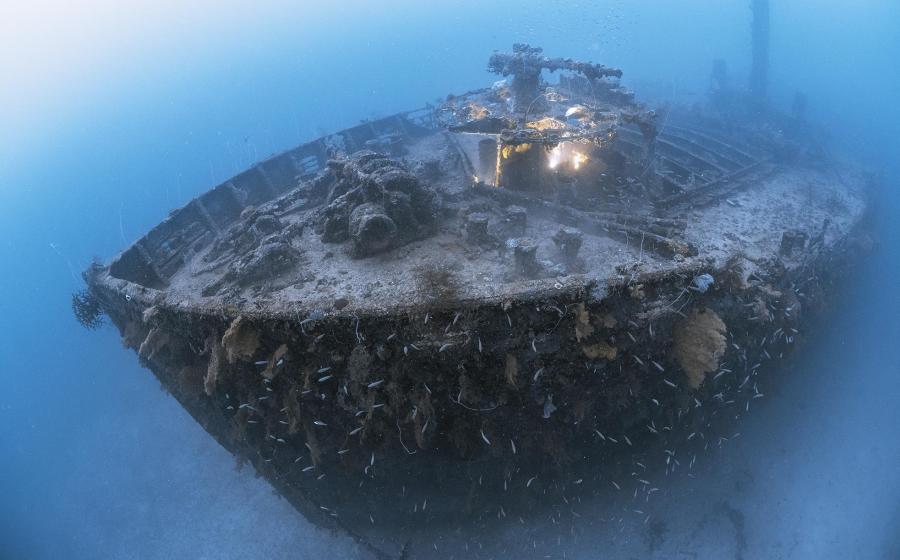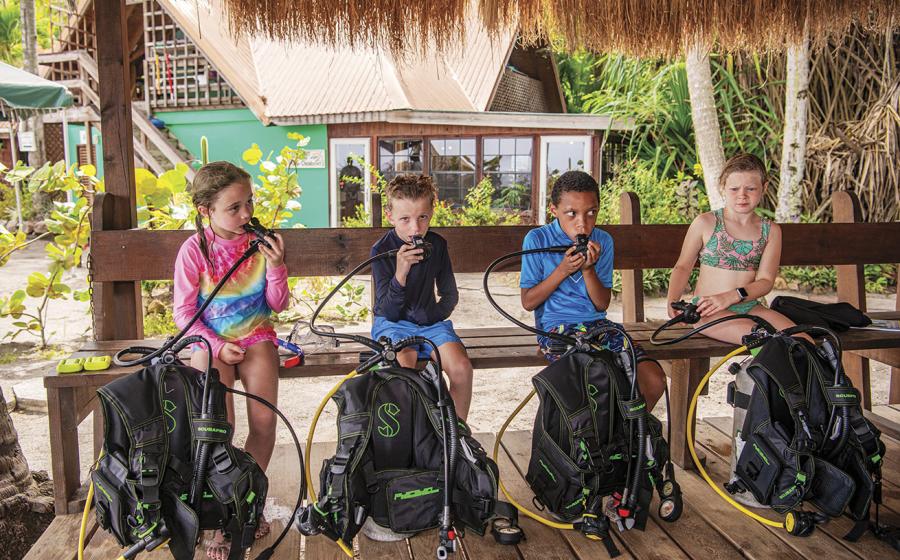Scuba Diving Safety Gear For Underwater Emergencies
Scuba diving safely means being prepared for the things you hope don’t happen. Here’s some dive gear you’ll be glad to have if things get complicated or you find yourself in over your head. Check out our Editor's Picks for scuba diving safety gear below. For more gear reviews visit the gear section of our website.
IST Sports Dive Beacon
Photo By Chelsea PomalesIST's Dive Beacon lights make it easy to keep track of your buddy during night dives.
Raise your hand if you ever have swum up to another scuba diver on a night dive to find it wasn’t who you thought it was. IST’s clever multicolored beacon lights offer an inexpensive and simple solution to keeping track of the cast. Smaller than your thumb and powered by three microcell batteries, the Dive Beacon comes in four colors. It twists on and off, and can be attached to your BC or tank valve with the included lanyard, or you can zip-tie it anywhere it’s best seen by your buddy. $8; istsports.com
Nautilus LifeLine Marine Rescue GPS
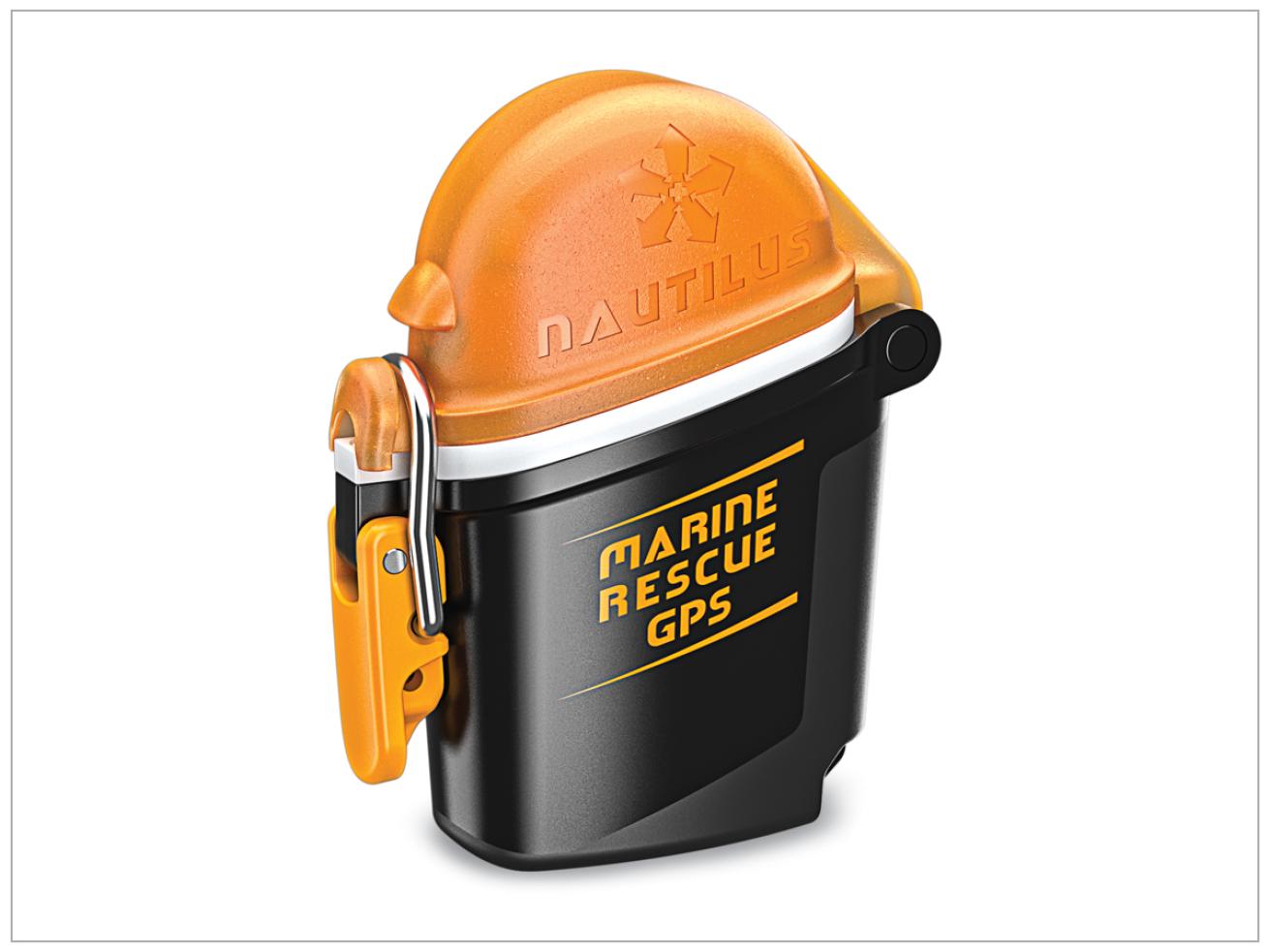
Courtesy NautilusIf you ever get swept away by a rogue current or lose track of your boat, you'll be happy to have the Nautilus LifeLine. This emergency transmitter will broadcast a "man overboard" signal with GPS coordinates up to 34 miles away.
If the original LifeLine emergency transmitter introduced a few years ago was a good idea, this new version might be the accessory that no one should dive without. Just half the size of the earlier version — now less than 3-by-4 inches — it weighs 5 ounces, and is positively buoyant and waterproof to 425 feet with the cap closed. It now has a replaceable battery designed to last five years, and a simplified operation: At the surface, open the case, pull off the plastic cap to let the springlike 9-inch antenna unfurl, turn it on, and press the red button. The LifeLine will broadcast a digital “man overboard” signal with GPS coordinates of your location accurate to 1.5 meters to any vessel within 34 miles equipped with the marine Automatic Identification System (required for most cargo and all passenger vessels) as well as a digital message to the marine radio on your own vessel. Also, the new LifeLine requires no registration or licensing. $179; nautiluslifeline.com
Submersible Systems Spare Air Model 170
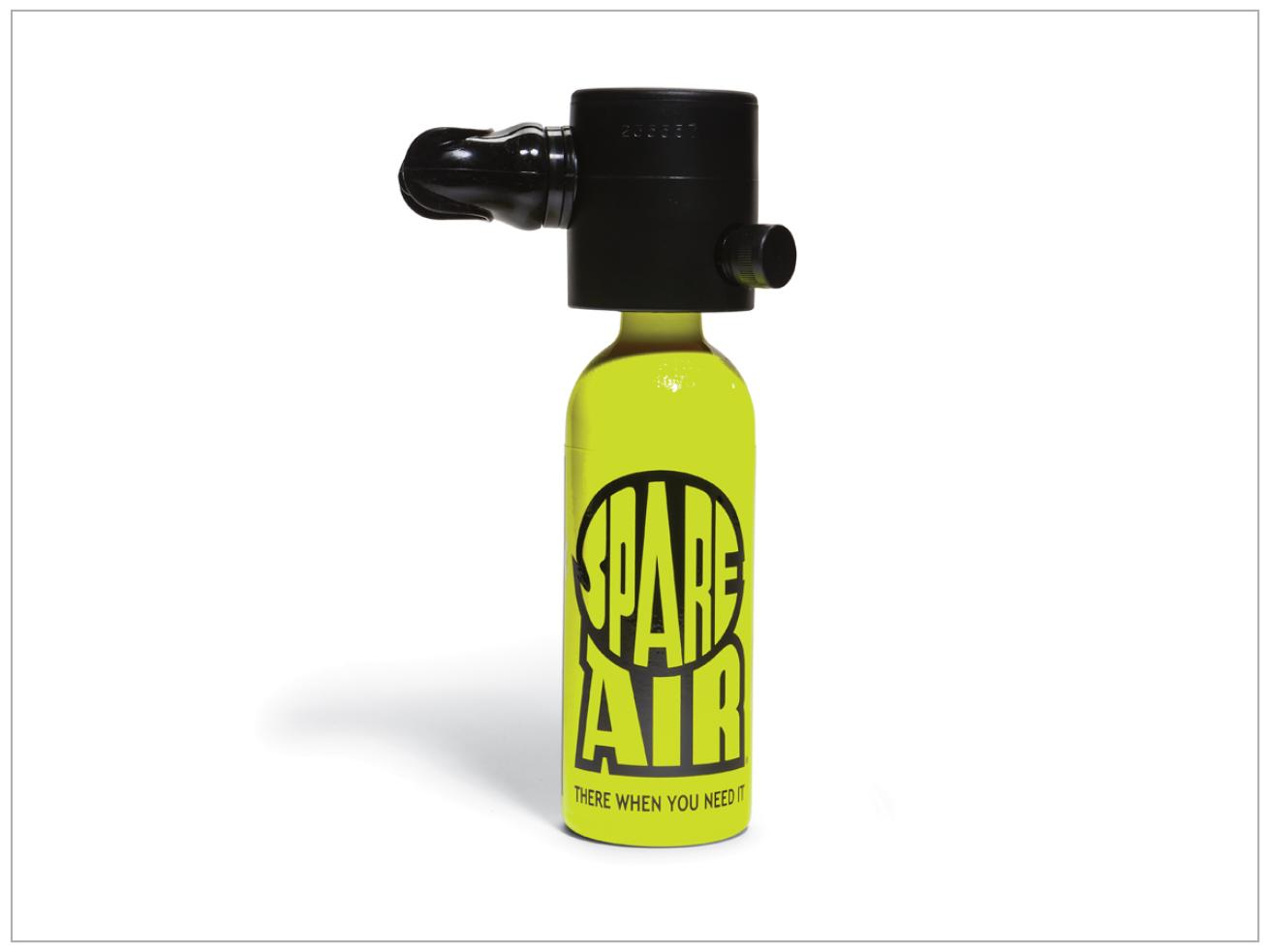
Photo By Zach StovallScuba divers who encounter a sudden out-of-air emergency can get a chance to catch their breath with Spare Air and make a safe ascent to surface.
A study by Divers Alert Network found running out of gas to be the most common trigger in causing recreational scuba diving fatalities. Model 170, less than 9 inches long, holds 1.7 cubic feet of air — just enough to make a safe ascent (Model 300, at 4½ inches longer, holds 3 cubic feet). The holster mounts in a variety of locations and orientations on your BC. Emergency deployment is a cinch; we’ve found it takes only a second to go from stowed to breathing. It’s easy to fill from a scuba tank, and you can fly with an empty tank with the reg removed (no tools required). $320; spareair.com
SeaLife Sea Dragon Mini 650
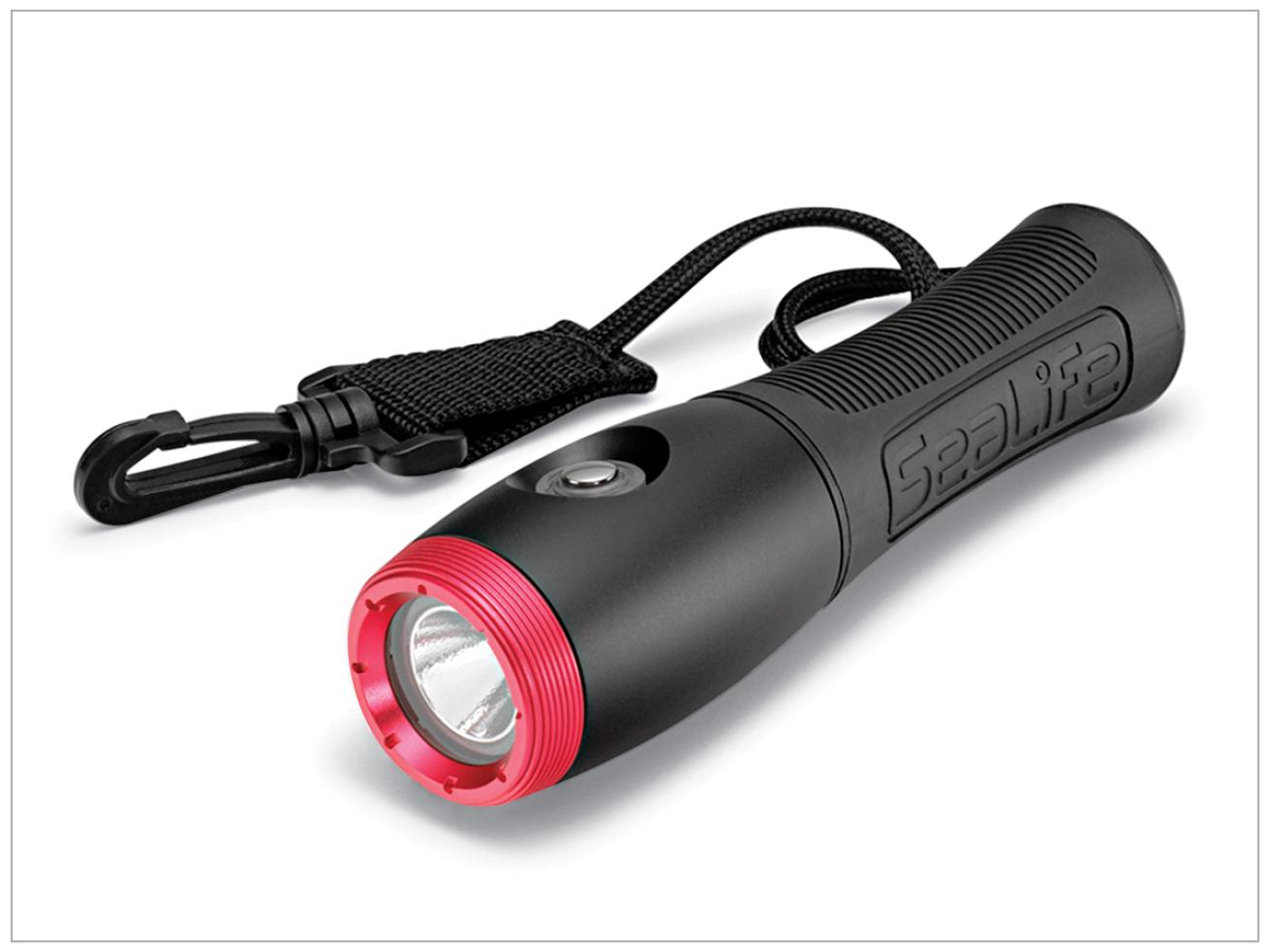
Courtesy SeaLifeUse the SeaLife Sea Dragon Mini 650 to shed some light on the situation or signal for help when you encounter some trouble while scuba diving.
Even for daylight open-water dives in good weather, a powerful, compact underwater light with an emergency flash mode is must-have gear. Ruggedly built, this light puts out 650 lumens and has two power levels plus a once-per-second emergency flash. It has an anodized-aluminum light head and a rubber-coated plastic body. At just a little over 6 inches long and less than ½ pound, it fits easily in BC pockets. The single-button operation makes for easy one-handed use. The Mini 650 uses two CR123 batteries or an optional rechargeable Li-ion battery, and is available with a 15-degree spotlight or 120-degree floodlight head. It burns for up to four hours at half power, and much longer on flash mode. $169; sealife-cameras.com
Dive Rite Surface Marker Tube — Hybrid
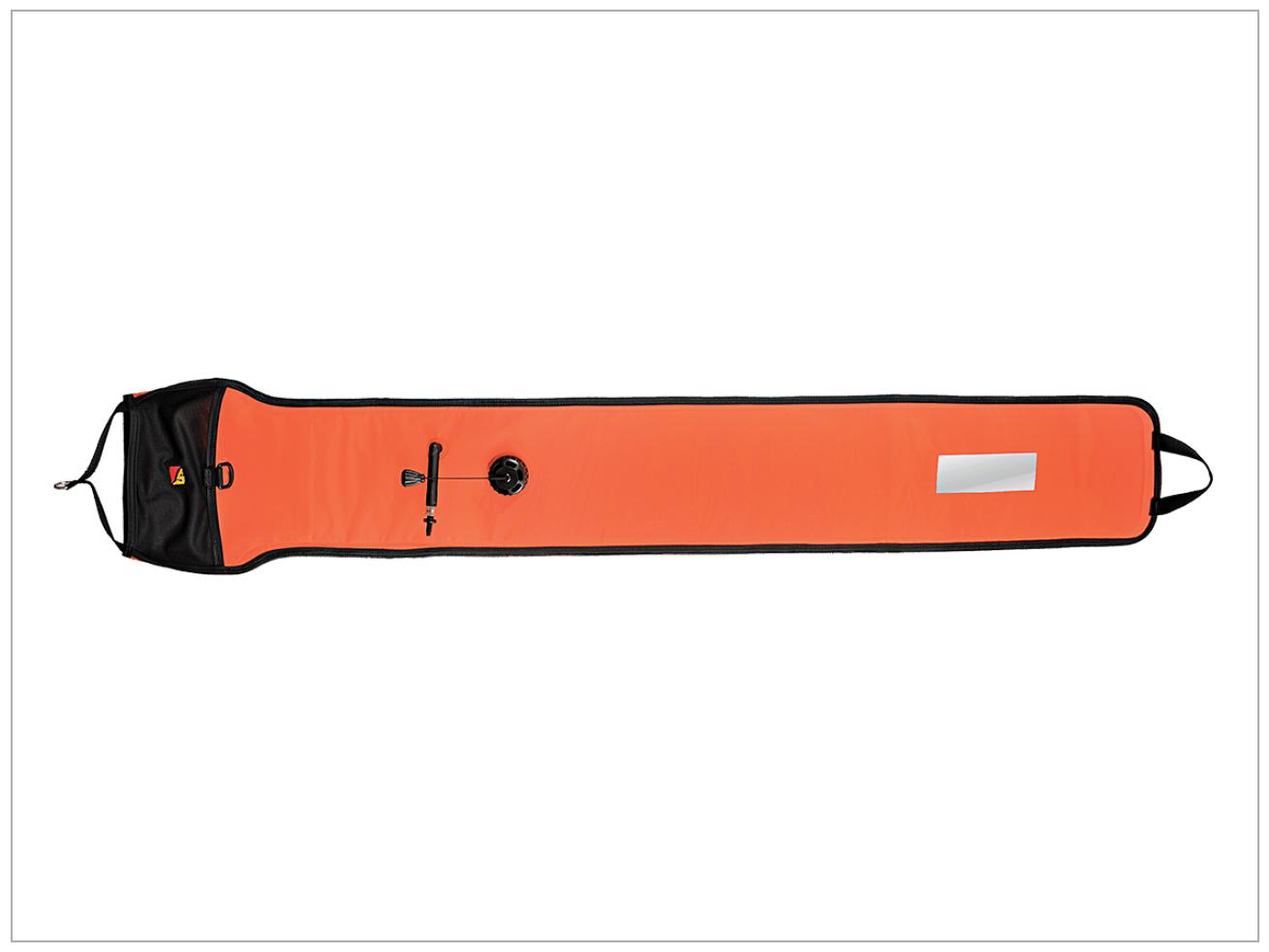
Courtesy Dive RiteA surface marker buoy should be a standard piece of piece of dive gear. With its rugged construction and reflective tape, Dive Rite's Surface Marker Tube — Hybrid is a great addition to your kit.
This bright-orange tube is equipped for easy deployment submerged or on the surface. The tube is 5 feet 8 inches tall, weighs about 12 ounces, and has reflective tape on each side for added visibility. It can be inflated via a low-pressure hose, or while submerged by free-flowing a reg into the bottom opening, which is sealed with an anti-spill baffle. The combo manual-power valve allows rebreather divers without easy access to open circuit to inflate it orally while submerged. Made of rugged 300-denier polyester, the tube has welded seams with nylon-reinforced edges, a stainless D-ring reel attachment, an over-pressurization valve and a built-in carrying sleeve. $99; diverite.com
Ideations DiveAlert
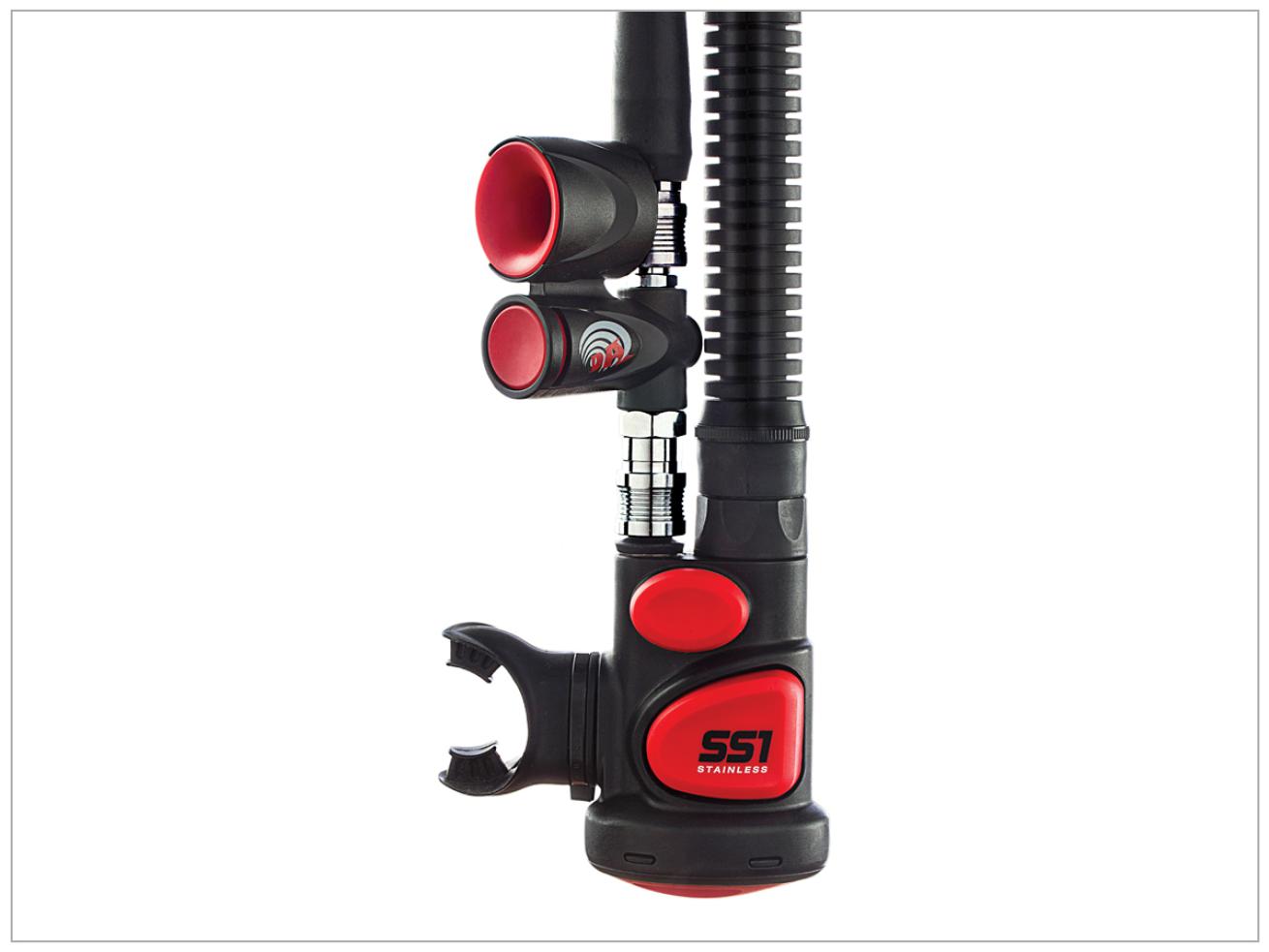
Courtesy DiveAlertMake yourself heard with DiveAlert. This air horn is powered by your scuba diving regulator and can be heard up to a mile away.
Shouting at an unresponsive dive boat will quickly make you wish you had something really loud. This is the idea behind the DiveAlert, basically a small air horn, powered by your reg, that can be heard up to a mile away. DiveAlert describes the sound as “piercingly loud.” We agree. It takes about two seconds to install using the same style quick-connect fittings as your BC to clip in between the low-pressure hose and power inflator. There are three models: one that works with all standard power inflators and two others that work with different manufacturers’ integrated octo/power inflators. There’s also a DiveAlert Plus v.2 that includes an underwater signaling mode. $66.62 and $77.73 (shown); divealert.com
Spyderco Pacific Salt Black
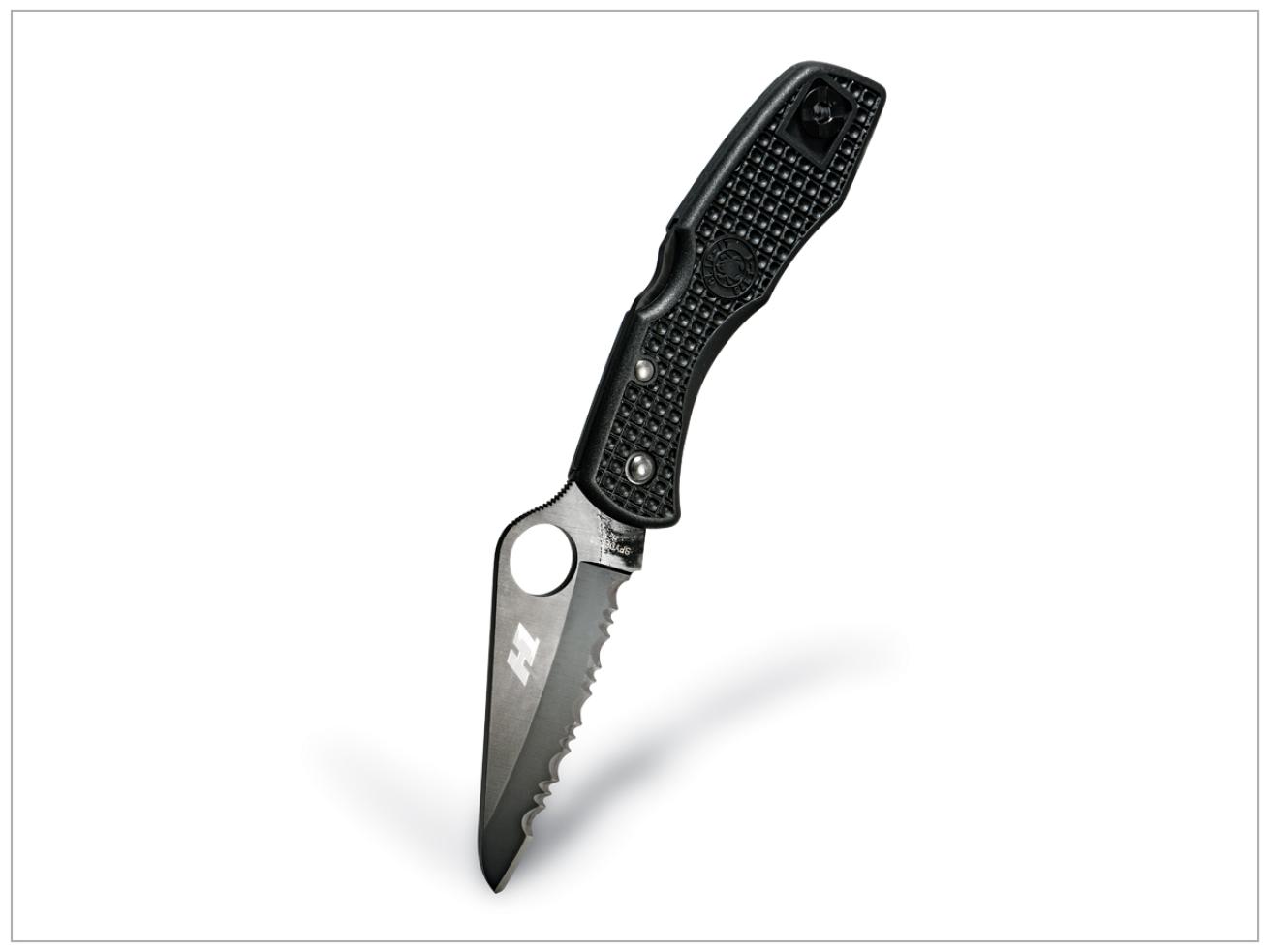
Photo By Zach StovallThe Spyderco Pacific Salt Black dive knife will help you cut through any underwater entanglements.
Made with Spyderco’s H1 steel, the blade on the Pacific Salt dive knife won’t rust even if left for days in salt water (we’ve tried), and it holds an edge even with heavy use that borders on abuse. Less than 5 inches long when closed, it opens one-handed to expose the nearly 4-inch, black-coated, hollow ground blade that makes short work of anything from heavy monofilament to barnacled docking line. The blade’s thumbhole is sized for easy one-handed opening even with gloves, and the fiberglass handle is deeply textured for a sure grip. It’s available with a plain or serrated edge. $139.95; spyderco.com
DAN Marine MedKit
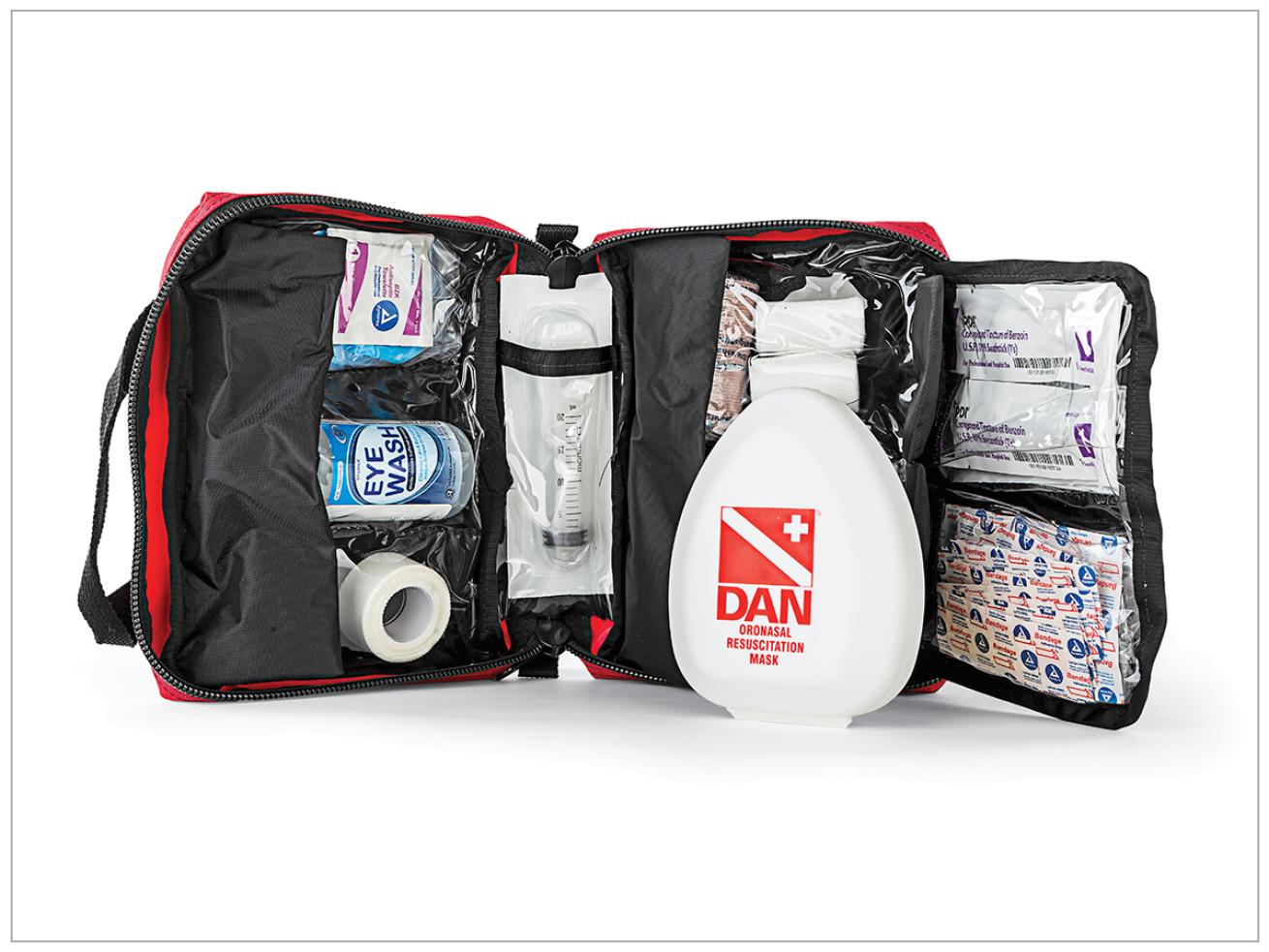
Photo By Chelsea PomalesBe prepared to provide first-aid or tend to marine life injuries with DAN's Marine MedKit.
This new first-aid kit from Divers Alert Network is packed with tools to help you deal with everything from minor cuts to CPR. Supplies include an oronasal resuscitation mask, antiseptic, gloves, EMT shears, splinter remover and an assortment of bandages, dressings and wraps. The water-resistant bag has a trifold opening for easy access, and clear storage compartments and labeled pockets so you can organize it how you want to quickly find the items you need in an emergency. $65; diversalertnetwork.org
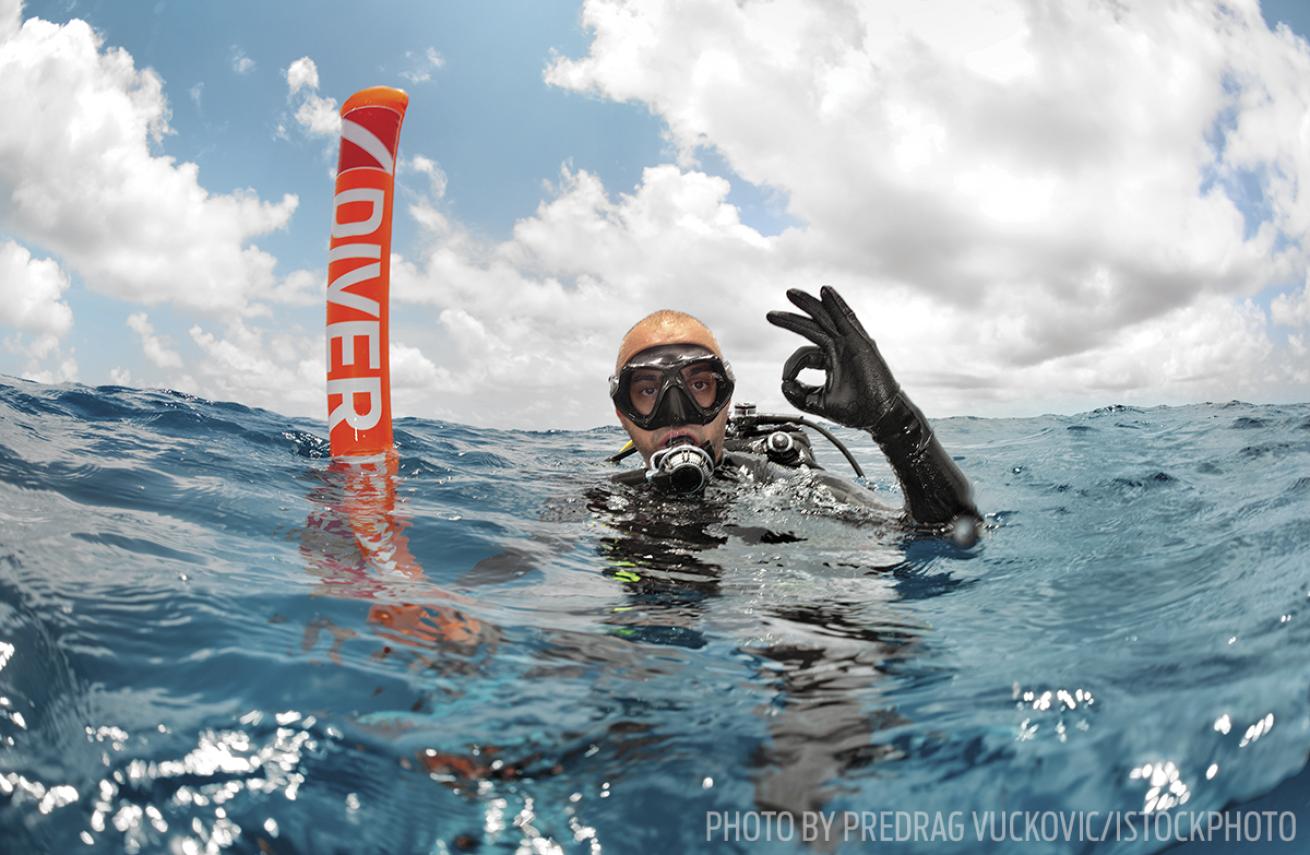
Photo By Predrag Vuckovic/IStockPhotoTrust & Verify
You wouldn't dive without checking to make sure your reg and dive computer are in sound working order. You might not use safety gear as regularly, so be just as scrupulous about inspecting and maintaining the gear you hope you'll never need. Keep an eye out for rusted knives, lights with dead batteries, and safety-sausage tears.

